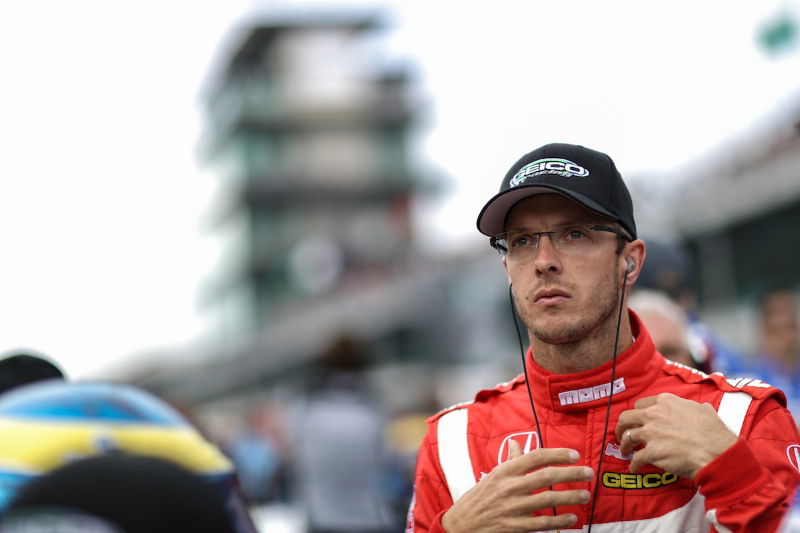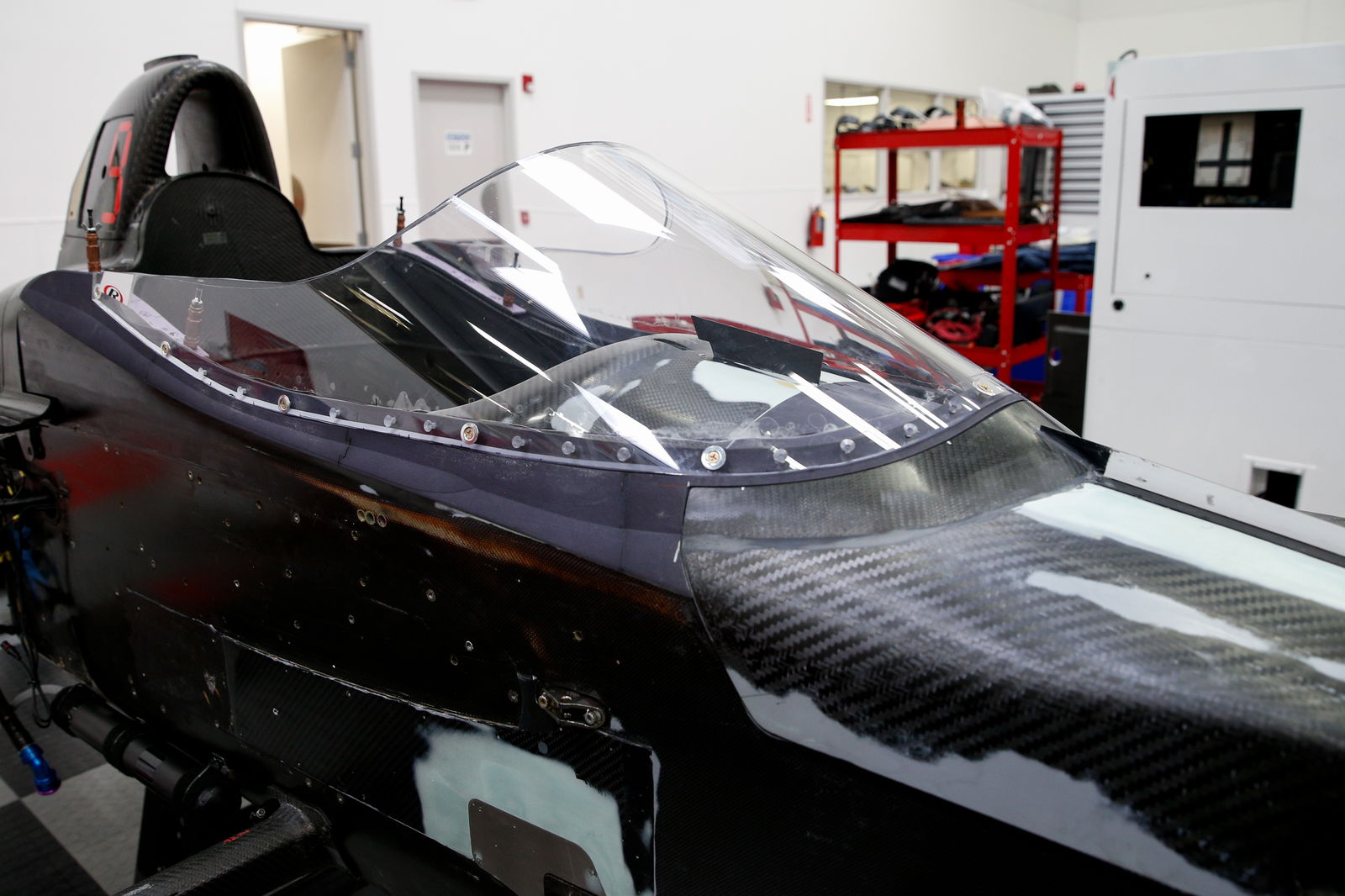INDYCAR confirms points reduction for Indy 500 qualifying
INDYCAR has confirmed it will slash the points awarded for Indianapolis 500 qualifying in 2018, as well as revising the format to set the grid for the other oval events on the schedule.
Since 2010, points have been awarded to all qualifiers for the Indy 500, with the pole-sitter receiving 42 championship points for the past four seasons.
This has now been revised for the 2018 season, with only the top nine qualifiers receiving championship points on a sliding scale. The pole-sitter will receive nine points, while the P9 qualifier will take a single point.

INDYCAR has confirmed it will slash the points awarded for Indianapolis 500 qualifying in 2018, as well as revising the format to set the grid for the other oval events on the schedule.
Since 2010, points have been awarded to all qualifiers for the Indy 500, with the pole-sitter receiving 42 championship points for the past four seasons.
This has now been revised for the 2018 season, with only the top nine qualifiers receiving championship points on a sliding scale. The pole-sitter will receive nine points, while the P9 qualifier will take a single point.
The points system for all races on the 2018 Verizon IndyCar Series calendar remains unchanged, with double points awarded for the Indy 500 and the season-ending race at Sonoma on September 16.
INDYCAR also confirmed it would be revising its qualifying format for the other oval races on the calendar, ditching the blind draw previously used in favour of running the field in championship order.
Drivers will qualify in reverse points order for the oval races at Phoenix, Texas Motor Speedway, Iowa, Pocono and Gateway, with the championship leader being the last to take to the circuit.
A handful of other minor announcements and rule tweaks have also been set by INDYCAR for 2018, including:
- Times have been set for the series-wide open test at ISM Raceway (formerly Phoenix Raceway), scheduled for Feb. 9-10. The track will be open to all cars from 3-6 p.m. and 8-11 p.m. ET both days. INDYCAR has also added four hours of track time on Feb. 8 (3-7 p.m. ET) for rookie drivers to complete their oval test assessments.
- The series-wide open test at Portland International Raceway will be held Aug. 30, a day prior to the beginning of the Grand Prix of Portland race weekend. Indy car racing returns to the Pacific Northwest for the first time in 11 years in 2018.
- A schedule change for the month of May will see the INDYCAR garages closed on May 13 – the day after the INDYCAR Grand Prix on the Indianapolis Motor Speedway road course – to allow teams time off for Mother’s Day. The track will not be open to the public on this day. The garages will be open on May 14, but there will be no on-track activity. Practice for the 2018 Indianapolis 500 begins Tuesday, May 15 on the IMS oval, with the first two hours open for rookie orientation and veteran refreshers, then to all cars. Practice continues May 16-18, ahead of qualifications weekend May 19-20.
- INDYCAR is granting teams that did not participate in fall manufacturer testing with the universal aero kit an additional half day of private testing. The testing is limited to one car per team and must take place in conjunction with the team’s first on-track test of 2018. Each team is permitted five hours of track time and two sets of Firestone tyres.
- Working with Firestone, INDYCAR has increased the tyre allotment at five events. The race weekends at ISM Raceway, the Raceway at Belle Isle Park in Detroit, Texas Motor Speedway, the streets of Toronto and Iowa Speedway will see teams receive an additional set of tyres. In a related change, drivers outside the top 10 in the point standings will no longer have an extra set of tyres available to them for the opening practice session of a race weekend.
- The minimum car weight for 2018 has been increased by 10 pounds – to 1,620 pounds for road and street courses and short ovals, 1,590 pounds for superspeedways (both do not include fuel, drink bottle and its contents, driver and driver equivalency weight) – to accommodate for new parts and additional on-car cameras related to the universal aero kit all competitors will run in 2018.

